'Screaming Woman' mummy suffered a painful death in ancient Egypt, virtual autopsy finds
The mummy was well preserved with an expensive embalming material. Her organs were still intact, showing an unusual mummification technique, a CT scan revealed.
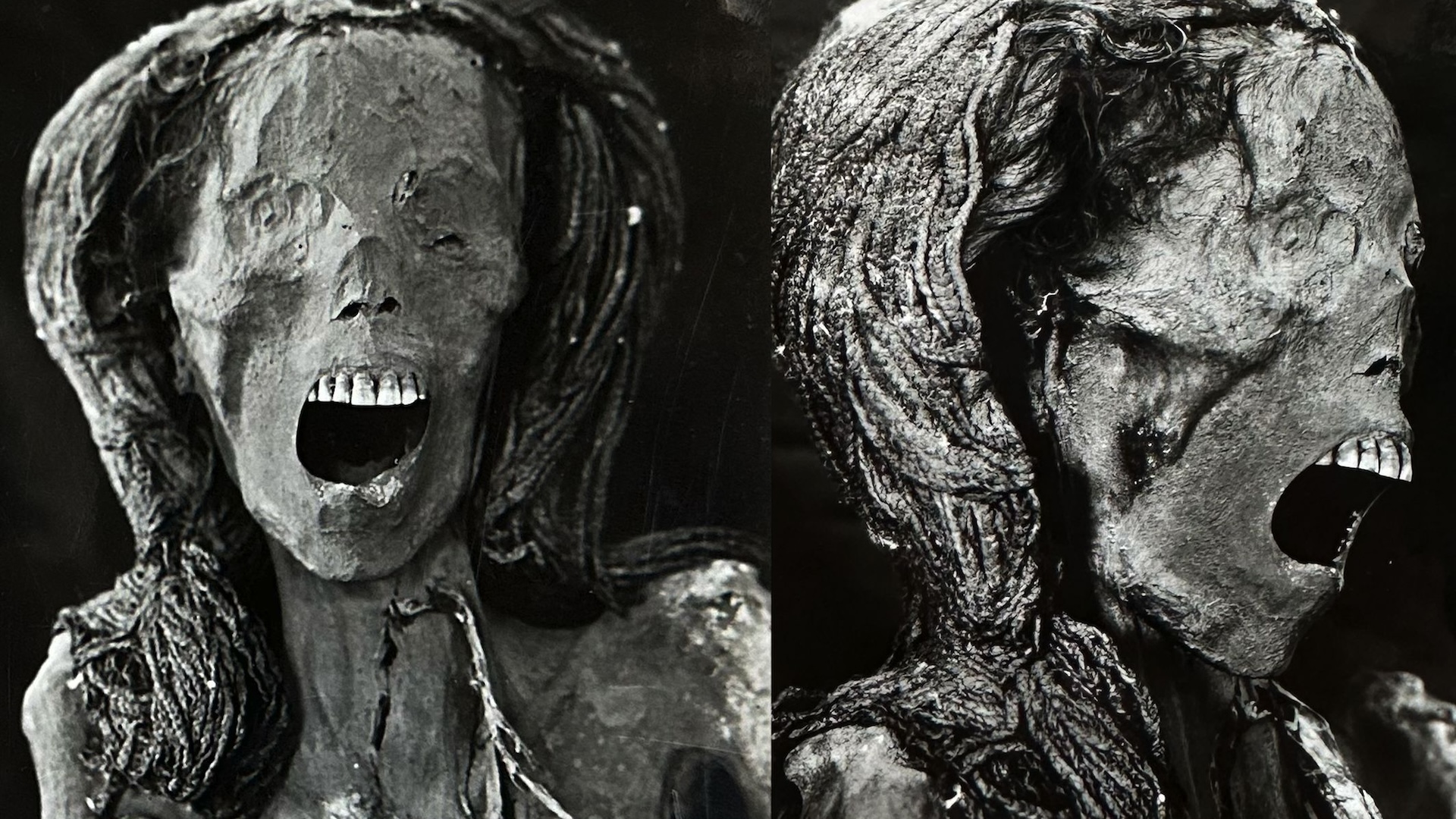
An ancient Egyptian woman died in so much pain, her muscles instantaneously locked up — freezing her final scream in place for 3,500 years, an analysis of the mummy, dubbed the "Screaming Woman," reveals.
The researchers also found that the woman had been embalmed in expensive imported substances and had all of her organs inside her body, suggesting a unique way of preservation.
The researchers revealed their findings in a new study published Friday (Aug. 2) in the journal Frontiers in Medicine.
"Mummification in ancient Egypt is still full of secrets," study co-author Sahar Saleem, a mummy radiologist at Kasr Al Ainy Hospital of Cairo University, told Live Science in an email. Intact organs are usually a sign of poor or neglected mummification, but the Screaming Woman was remarkably well preserved.
"This was a surprise to me, as the classic method of mummification in the New Kingdom [circa 1550 to 1070 B.C.] included the removal of all organs except the heart," Saleem said.
Related: 7 famous mummies and secrets they've revealed about the ancient world
Archaeologists unearthed the "Screaming Woman" mummy, named after her gaping mouth, in Deir el-Bahari, near Luxor, Egypt, in 1935 while excavating the tomb of Senenmut, a prominent architect and government official who was rumored to be the secret lover of Queen Hatshepsut. The Screaming Woman was interred in a nearby burial chamber and is likely a close family member of Senenmut, Saleem noted.
Sign up for the Live Science daily newsletter now
Get the world’s most fascinating discoveries delivered straight to your inbox.
The mummy was adorned with a black wig and two scarab rings. Her natural hair had been dyed with henna and juniper. Electron microscopy revealed that the wig was made from date palm; an X-ray diffraction test showed it contained a mix of quartz, magnetite and albite crystals, likely to stiffen the locks and give her hair a black color, Saleem said. Wigs were commonly used for funerary purposes and in day-to-day life.
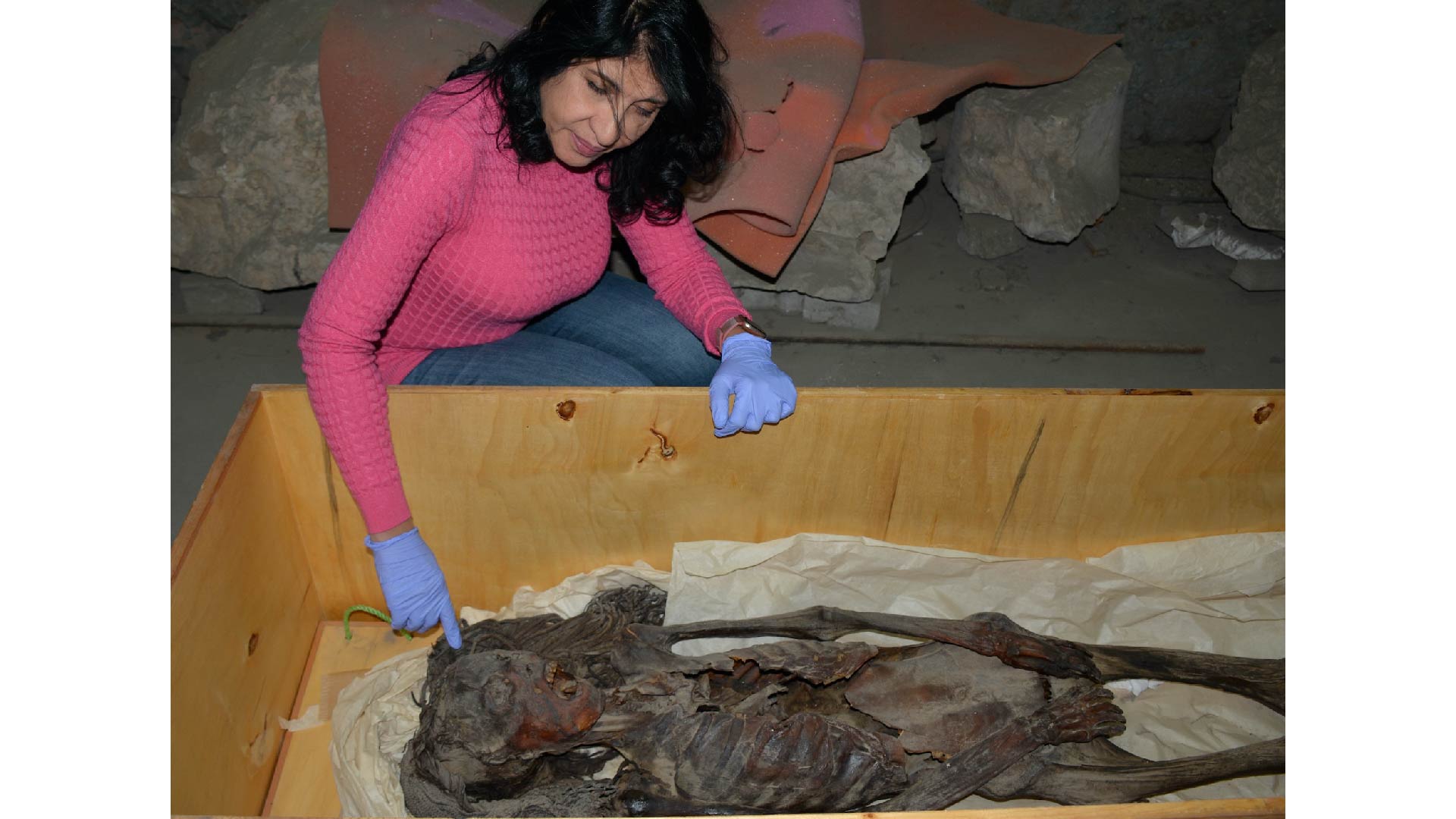
The secret to her preservation likely lies in her lavish embalming, Saleem and study co-author Samia El-Merghani, of the Egyptian Ministry of Tourism and Antiquities, found. Using infrared spectroscopy, they discovered traces of juniper resin and frankincense, which are luxurious products likely imported into Egypt from the Eastern Mediterranean and East Africa or Southern Arabia. The resin and frankincense prevented the body from decay caused by bacteria and insects.
This is not the only mummy discovered with a screaming expression — Prince Pentawere (1173 to 1155 B.C.) and Princess Meritamun (1525 to 1504 B.C.) were also unearthed with open mouths, Saleem noted.
"Opening of the mouth occurs when these muscles relax during sleeping or when they decompose after death," Saleem said. "In order to keep the deceased's mouth closed, embalmers frequently wrapped the mandible around the skull."
But this case was different: The gaping mouth was due to a painful death. "The mummy's screaming facial expression in this study could be read as a cadaveric spasm, implying that the woman died screaming from agony," Saleem said. Cadaveric spasm occurs when the muscles are contracted just moments before death, causing them to stiffen. This condition can occur in instances such as deaths by assault, suicide or drowning.
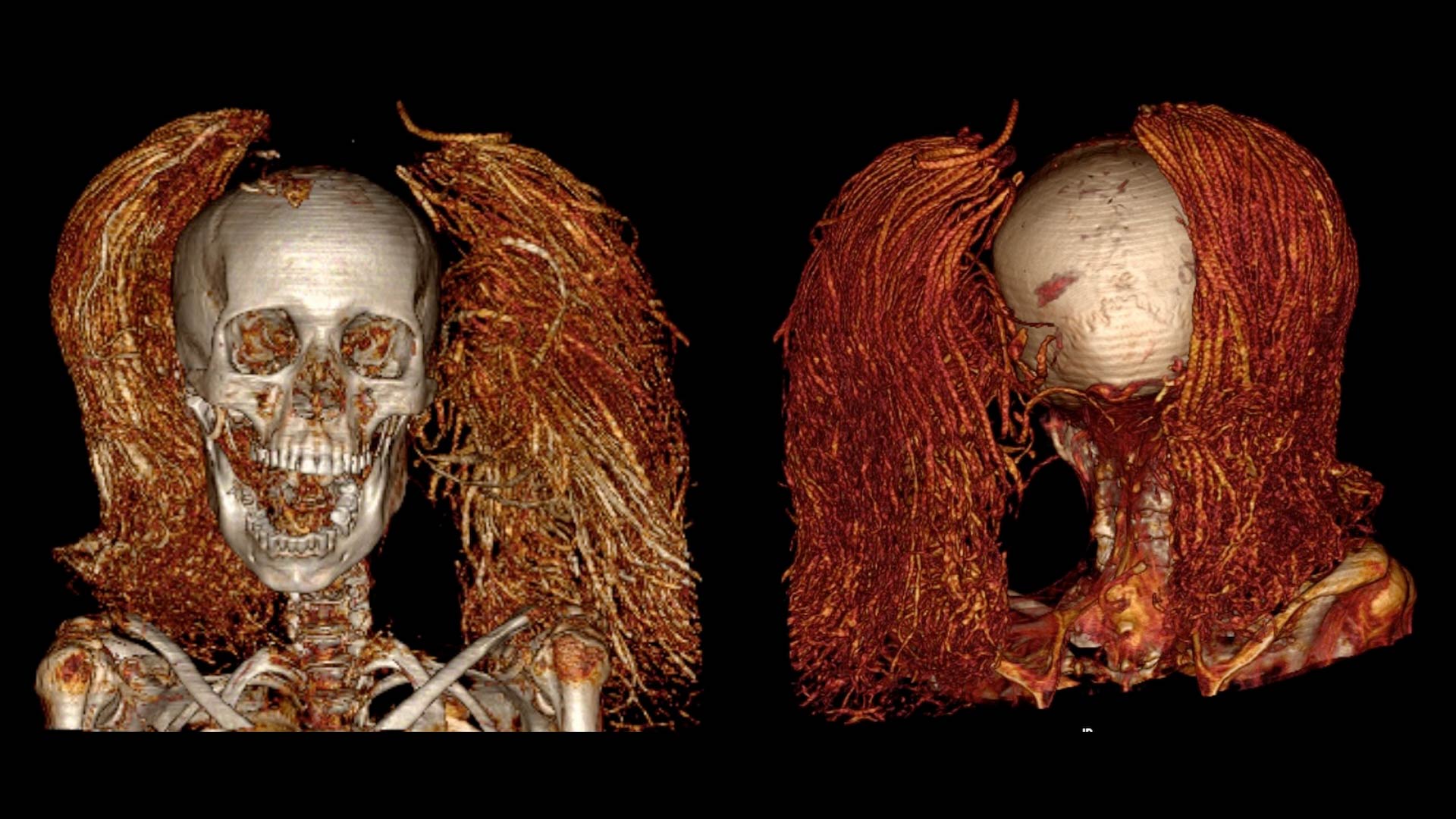
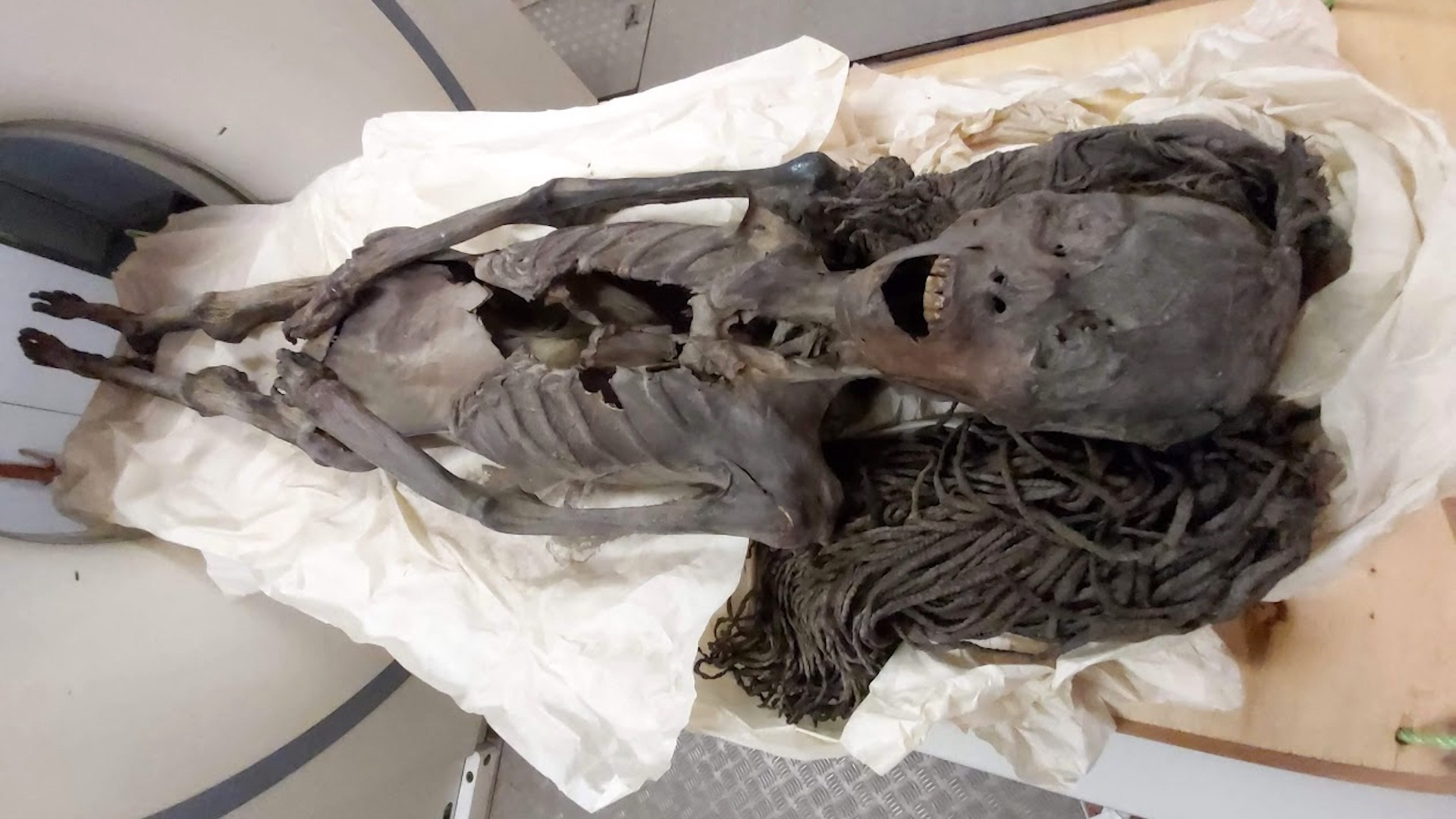
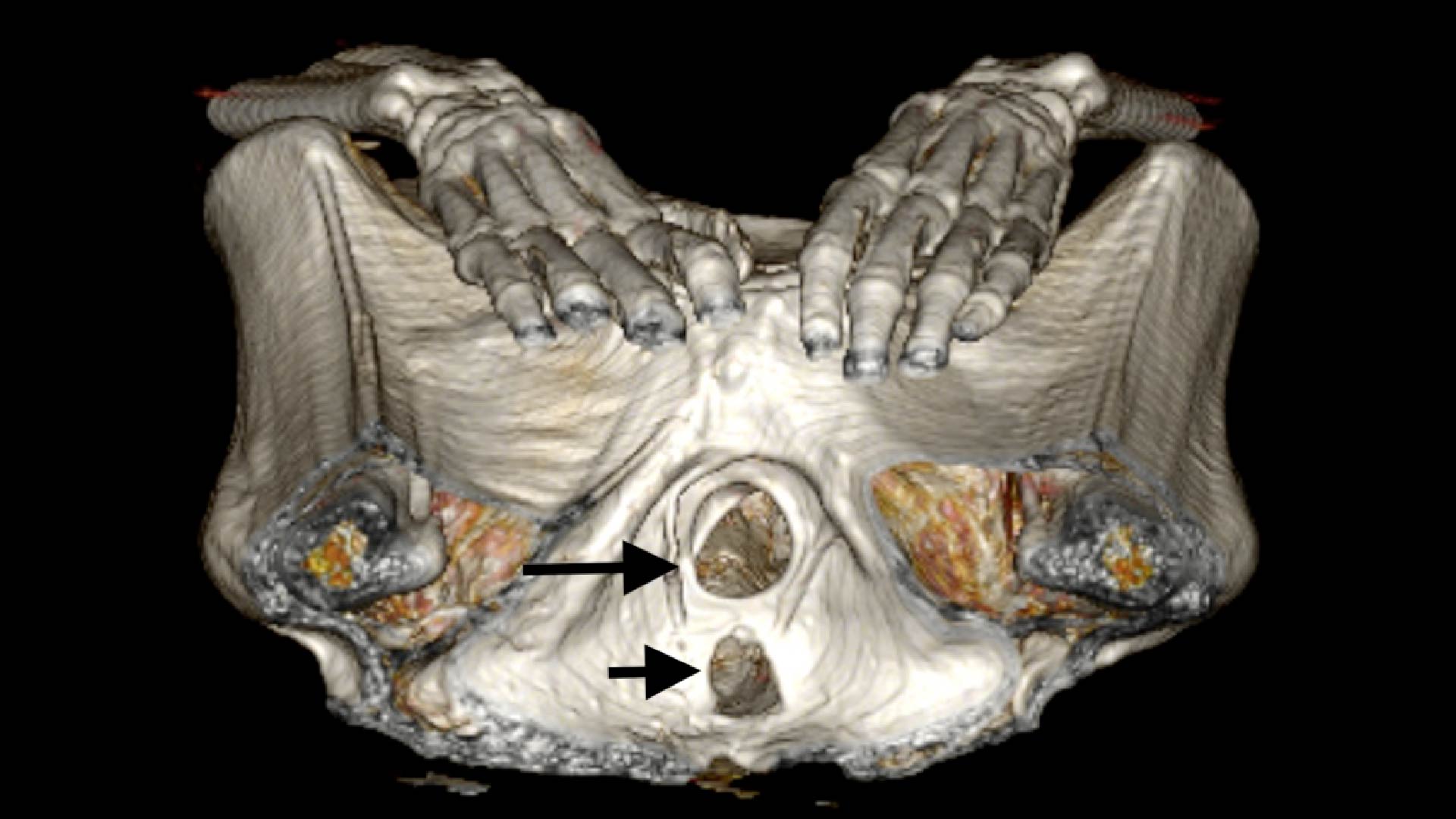
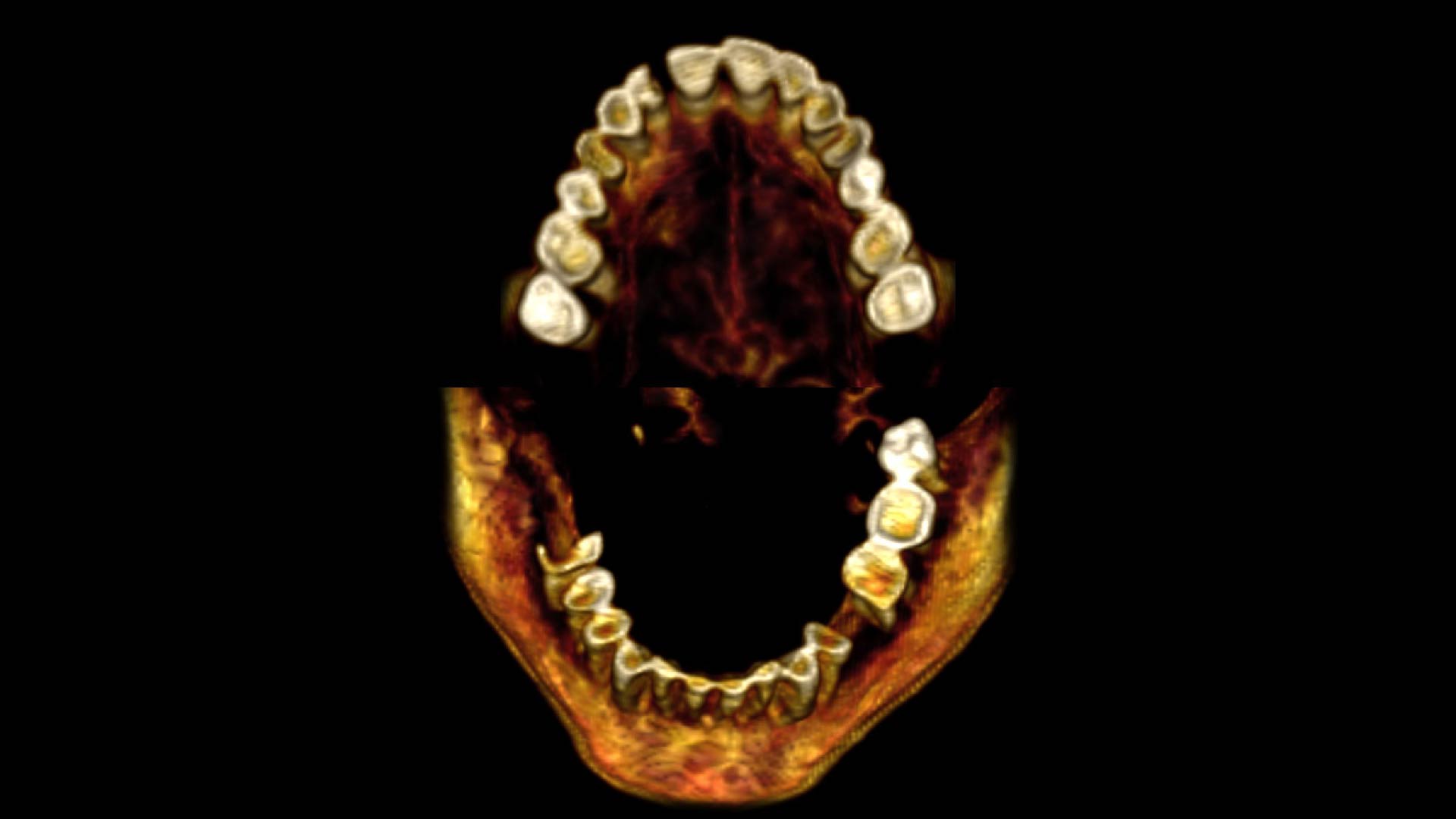
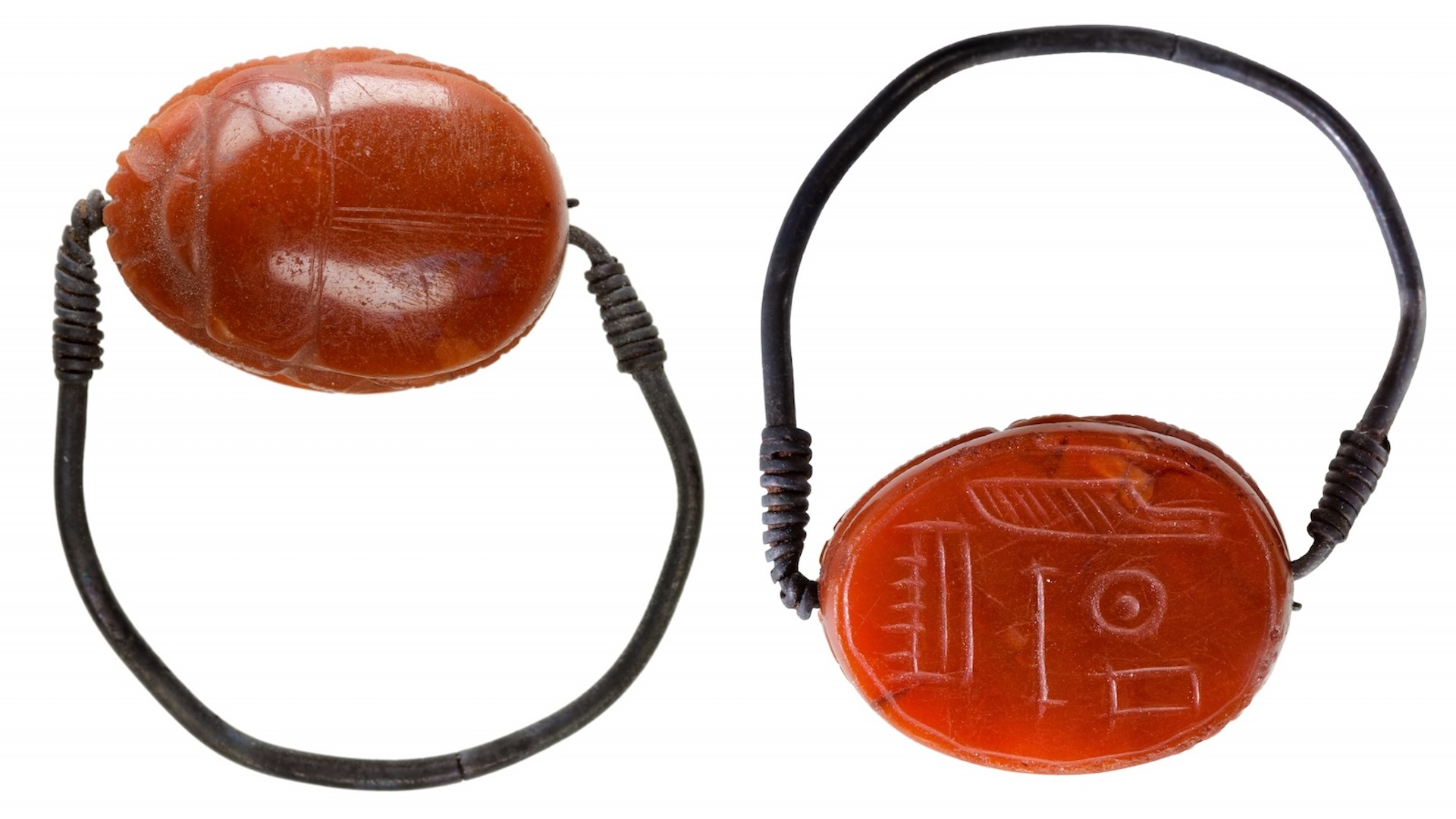
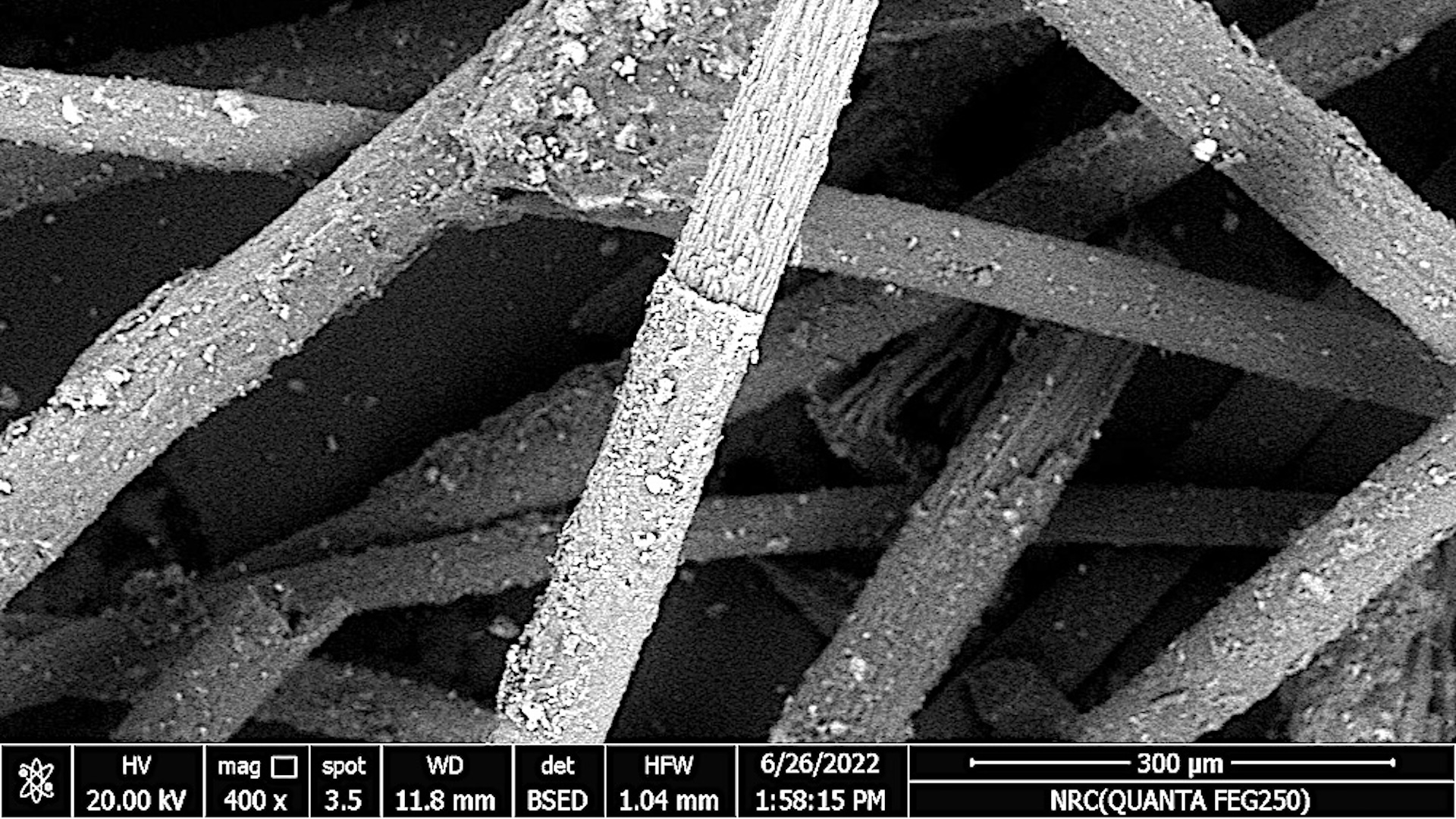
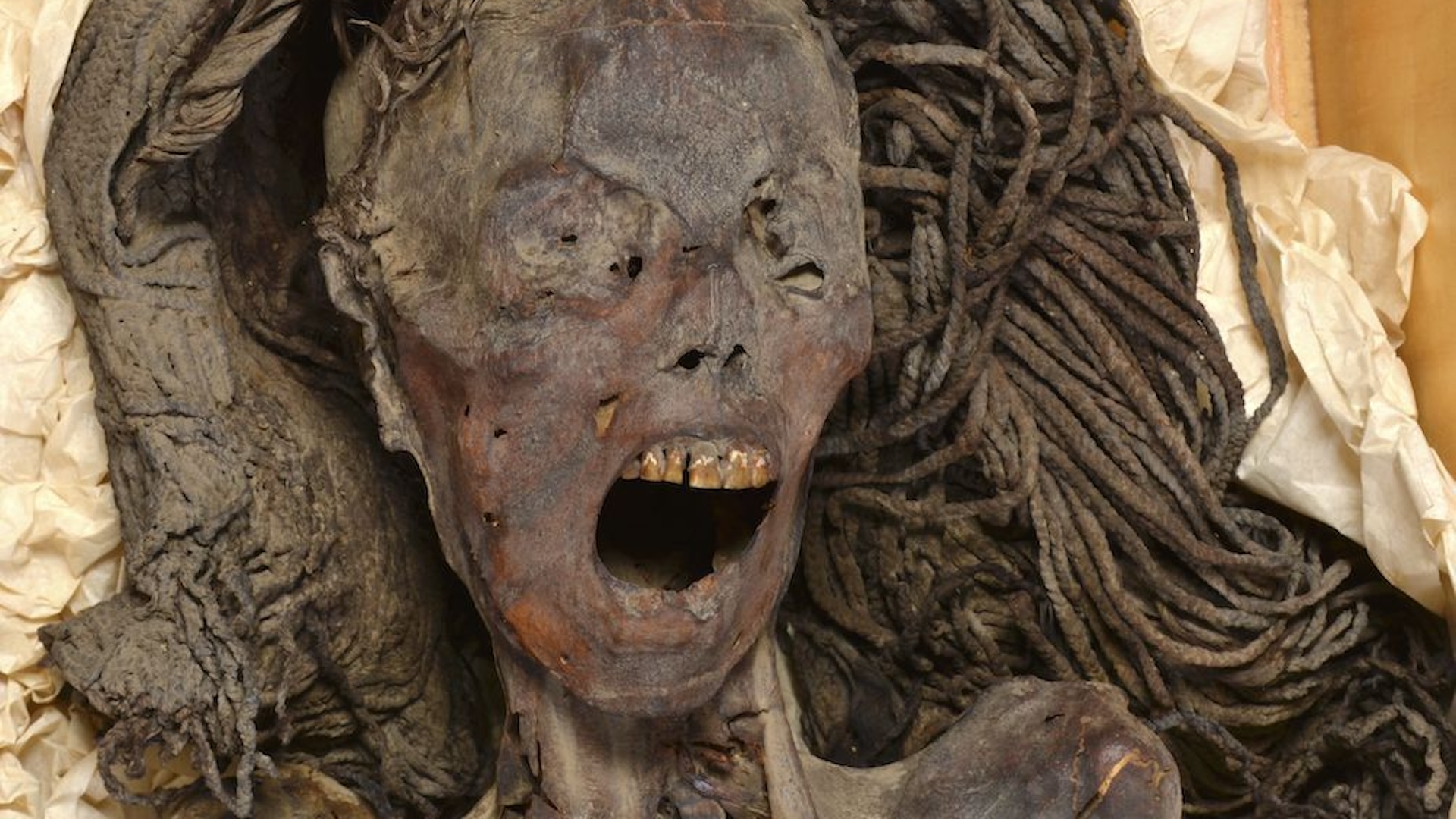
Unlike the cause of death of the two other mummies — Pentawere died of suicide and Meritamun of a heart attack — a computed tomography (CT) scan of the Screaming Woman did not reveal her cause of death.
However, the 2D and 3D images from the CT scan did shed light on the woman's height, age and medical conditions, showing that she had stood about 5 feet (1.5 meters) tall. The joint between her two pelvic bones, which changes as humans age, indicated that she was approximately 48 years old when she died. The bones on her spine also suggested she may have had mild arthritis. The woman was missing several teeth, which were likely lost right before death — indicated by unhealed teeth sockets.
Saleem and her team hope that advances in scientific techniques will enable them to unveil more information about the mummy.
"Her well-preserved body was like a time capsule that enabled us to know how she lived, the diseases she suffered from, and capture her death that could be in pain," Saleem said. "This type of study humanizes the mummy and let us look to her as a human being."
The Screaming Woman is kept in the Egyptian Museum in Cairo, while her coffin and rings are on display at The Metropolitan Museum of Art in New York City.

Kristel is a science writer based in the U.S. with a doctorate in chemistry from the University of New South Wales, Australia. She holds a master's degree in science communication from the University of California, Santa Cruz. Her work has appeared in Drug Discovery News, Science, Eos and Mongabay, among other outlets. She received the 2022 Eric and Wendy Schmidt Awards for Excellence in Science Communications.









